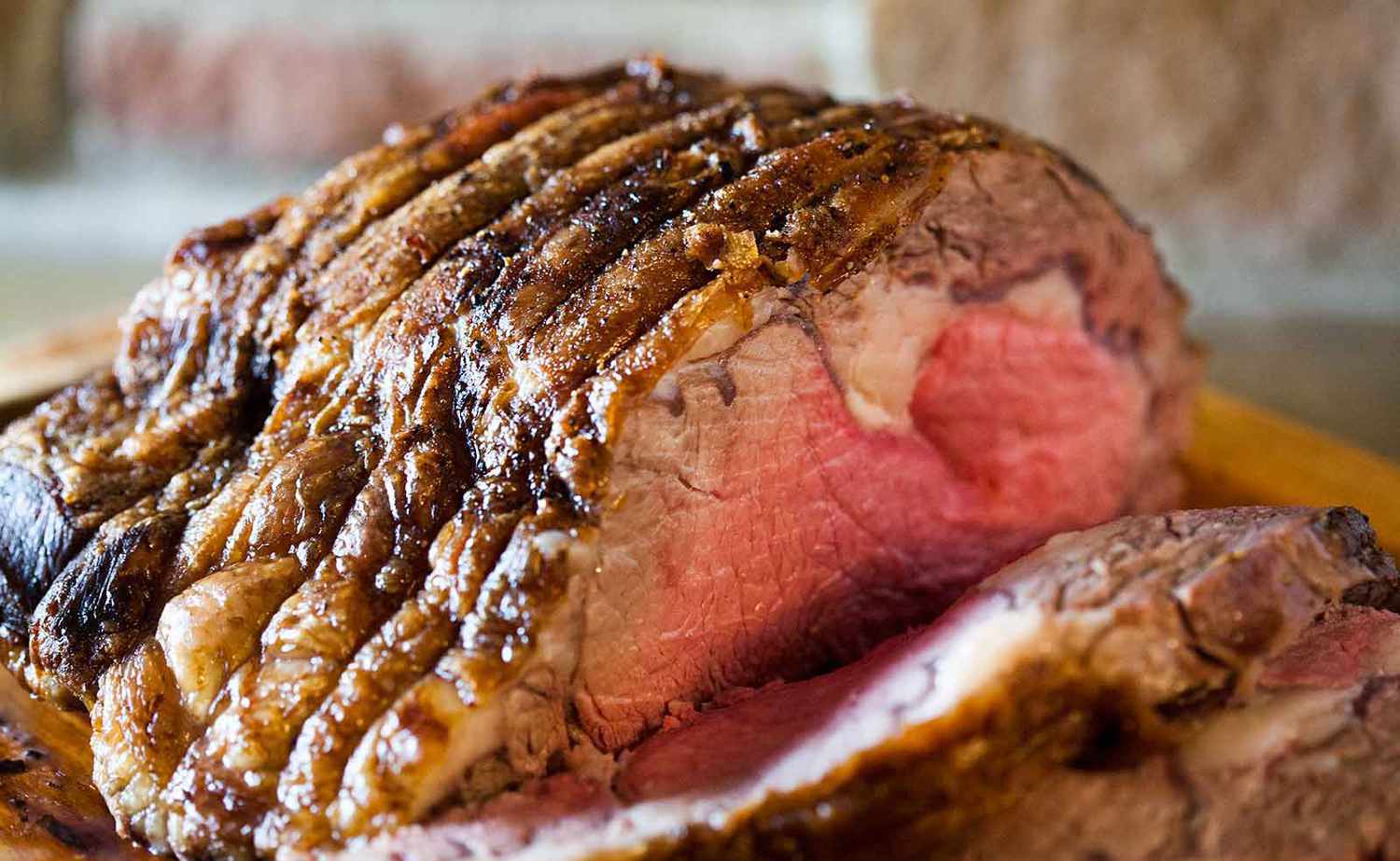

Articles
How To Store Prime Rib Before Cooking
Modified: August 17, 2024
Learn the best method to store prime rib before cooking in this informative articles. Proper storage ensures a tender and flavorful roast every time.
(Many of the links in this article redirect to a specific reviewed product. Your purchase of these products through affiliate links helps to generate commission for Storables.com, at no extra cost. Learn more)
Introduction
Prime rib is a succulent and flavorful cut of beef that is often reserved for special occasions or extravagant meals. Whether you are preparing a prime rib roast for a holiday feast or a dinner party, it is important to properly store it before cooking to ensure its freshness and quality. Proper storage not only helps preserve the taste and texture of the meat but also ensures food safety.
In this article, we will discuss the importance of proper storage for prime rib and provide valuable tips to help you store it effectively. From understanding the factors that affect storage to choosing the right storage method, we will cover all the essential information you need to know before cooking your prime rib.
So, let’s dive in and explore the world of proper prime rib storage!
Key Takeaways:
- Proper storage of prime rib is crucial for maintaining its flavor, quality, and safety. Maintaining a consistently low temperature, proper wrapping, and adhering to recommended storage times are essential for preserving this delectable cut of beef.
- Avoid potential risks and pitfalls when storing prime rib by being mindful of unsafe temperatures, exposure to air, improper thawing, and excessive freezing. Trust your senses and follow proper storage techniques to ensure a delightful dining experience.
Read more: How To Store Leftover Prime Rib
Importance of Proper Storage for Prime Rib
Proper storage is crucial when it comes to prime rib, as it directly impacts the quality and safety of the meat. Inadequate storage can lead to spoilage, flavor loss, and the growth of harmful bacteria.
One of the main reasons why proper storage is important for prime rib is to maintain its freshness. Prime rib is a premium cut of beef known for its tenderness, marbling, and rich flavor. When stored correctly, it retains its natural juices and flavors, ensuring a mouthwatering dining experience.
Additionally, proper storage helps prevent the growth of bacteria that could cause foodborne illnesses. Bacteria, such as Salmonella or E. coli, can thrive in improperly stored meat and can lead to food poisoning if consumed. By following the correct storage procedures, you can reduce the risk of bacterial contamination and ensure the safety of your prime rib.
Furthermore, proper storage helps to prevent the development of freezer burn. Freezer burn occurs when the meat is exposed to air, causing dehydration and the formation of ice crystals. This can result in a loss of texture and taste, making the prime rib less enjoyable.
Lastly, proper storage allows you to plan ahead and have your prime rib ready for special occasions. By properly storing your prime rib, you can purchase it in advance and have it on hand when the time comes to cook it. This can save you time and ensure that you have the perfect cut of meat for your celebration.
Now that we understand the importance of proper storage for prime rib, let’s explore the factors you should consider when storing prime rib.
Factors to Consider when Storing Prime Rib
When it comes to storing prime rib, there are several factors that you need to take into consideration to ensure optimal preservation and quality. These factors include temperature, packaging, and the duration of storage.
First and foremost, temperature plays a crucial role in storing prime rib. It is important to keep the meat at a consistently low temperature to prevent bacterial growth and maintain its quality. The ideal storage temperature for prime rib is below 40°F (4°C). This can be achieved by storing the meat in a refrigerator or freezer, depending on the duration of storage.
Next, packaging is key when it comes to storing prime rib. To protect the meat from exposure to air and potential contaminants, it is recommended to wrap the prime rib tightly in plastic wrap or aluminum foil. This will help to maintain moisture and prevent the meat from drying out or developing freezer burn. Consider placing the wrapped prime rib in a resealable freezer bag or airtight container for added protection.
The duration of storage is another important factor to consider. While prime rib can be stored in the refrigerator for a few days, it is best to consume it within 3-5 days for optimum freshness. If you plan to store the meat for a longer period, it is recommended to freeze it. Wrapped tightly, prime rib can be stored in the freezer for up to 6 months without significant quality loss.
It is worth noting that the quality and tenderness of the prime rib may slightly diminish after freezing. While it will still be delicious, it may not have the same level of juiciness and texture as freshly cooked prime rib. Therefore, it is advisable to consume the meat as soon as possible after thawing.
Considering these factors will help ensure that your prime rib stays fresh and flavorful for an extended period. In the next section, we will discuss the role of temperature in storing prime rib in more detail.
The Role of Temperature in Storing Prime Rib
Temperature plays a critical role in storing prime rib, as it directly affects the quality, safety, and longevity of the meat. Proper temperature control helps to slow down the growth of bacteria, maintain the freshness of the meat, and prevent spoilage.
When storing prime rib, it is essential to keep it at a consistently low temperature to inhibit bacterial growth. The ideal storage temperature for prime rib is below 40°F (4°C). At this temperature, bacteria have a more challenging time multiplying, reducing the risk of foodborne illnesses.
Refrigeration is the most common method of storing prime rib for short-term use. Make sure to place the meat in the coldest part of the fridge to ensure a consistent temperature. It is advisable to use a refrigerator thermometer to monitor the temperature and ensure it stays below 40°F (4°C).
If you plan to store prime rib for an extended period, freezing is the best option. Freezing the meat at 0°F (-18°C) or lower preserves its freshness and quality for an extended duration. It is important to note that freezing slows down the growth of bacteria but does not eliminate it entirely. Therefore, it is crucial to follow proper thawing and cooking procedures before consuming the prime rib.
When transitioning prime rib from the freezer to the refrigerator for thawing, it is recommended to place it on a tray or plate to catch any potential liquids and prevent cross-contamination. Thawing in the refrigerator allows for slow and safe thawing, ensuring the meat retains its freshness and texture.
Remember, temperature fluctuations can impact the quality of the meat. Avoid repeatedly thawing and refreezing prime rib, as it can lead to moisture loss and affect the taste and texture. Once thawed, it is best to cook the prime rib within a day or two for optimal results.
The role of temperature in storing prime rib cannot be overstated. By maintaining a consistently low temperature, either through refrigeration or freezing, you can effectively preserve the quality and safety of the meat. In the next section, we will discuss the different storage methods available for prime rib.
Before cooking, store prime rib in the refrigerator, unwrapped, on a plate to catch any juices. This allows the surface to dry out, resulting in a better sear when cooking.
Choosing the Right Storage Method
When it comes to storing prime rib, there are several storage methods to choose from. The method you select will depend on the duration of storage and your personal preferences. Let’s explore the different storage methods available for prime rib.
1. Refrigeration: Refrigeration is suitable for short-term storage of prime rib. Wrap the meat tightly in plastic wrap or aluminum foil and place it in the coldest part of your refrigerator. It is important to maintain a temperature below 40°F (4°C) to prevent bacterial growth. Refrigerated prime rib can typically be stored for 3-5 days while maintaining its quality and flavor.
2. Freezing: Freezing is the preferred storage method for long-term preservation of prime rib. To freeze prime rib, wrap it tightly in plastic wrap or aluminum foil, ensuring there is no exposure to air. Then, place it in a resealable freezer bag or an airtight container to reduce the risk of freezer burn. Label the package with the date to keep track of its storage time. Frozen prime rib can be stored for up to 6 months without significant quality loss, but it is best to consume it within a few months for optimal taste and texture.
3. Vacuum Sealing: If you want to extend the shelf life of your prime rib even further, consider using a vacuum sealer. Vacuum sealing removes the air from around the meat, minimizing the chance of freezer burn and bacterial growth. By vacuum sealing your prime rib before freezing it, you can maintain its flavor and tenderness for an extended period.
When choosing the right storage method, it’s important to consider your specific needs and plans for the prime rib. If you intend to cook the meat within a few days, refrigeration should suffice. However, if you want to stock up on prime rib for future meals or special occasions, freezing or vacuum sealing would be more suitable.
By selecting the appropriate storage method, you can ensure that your prime rib remains fresh, safe, and delicious until you are ready to cook and serve it. In the next section, we will discuss best practices for storing prime rib to help you achieve optimal results.
Read more: How To Store Prime Rib In Refrigerator
Best Practices for Storing Prime Rib
To ensure the best storage results for your prime rib, it is essential to follow certain best practices. These practices will help maintain the quality, flavor, and safety of the meat throughout the storage period. Here are some best practices to consider:
1. Properly wrap the prime rib: Wrap the prime rib tightly in plastic wrap or aluminum foil to protect it from exposure to air, which can cause freezer burn or spoilage. Make sure to wrap it securely to retain moisture and prevent any leakage.
2. Use airtight containers or freezer bags: If you plan to store prime rib in the freezer, place the wrapped meat in a resealable freezer bag or an airtight container. This will provide an extra layer of protection against freezer burn and maintain the quality of the meat.
3. Label and date the packaging: Properly label and date the packaging to keep track of storage time. This will help you determine the freshness of the prime rib and ensure that you consume it before the quality deteriorates. Use a permanent marker or freezer labels to make the information clear and visible.
4. Maintain a consistent temperature: Whether storing in the refrigerator or freezer, it is crucial to maintain a consistent temperature. Set your refrigerator temperature below 40°F (4°C) and ensure your freezer is at 0°F (-18°C) or lower. Avoid frequent temperature fluctuations by keeping the door closed as much as possible.
5. Store in the coldest part of the appliance: Place the prime rib in the coldest part of the refrigerator or freezer. In the refrigerator, this is usually the back of the bottom shelf. In the freezer, it’s best to use the coldest area, away from the door or any airflow vents.
6. Avoid overcrowding: Avoid overcrowding the refrigerator or freezer, as this can hinder proper air circulation and affect the efficiency of the cooling process. Leave enough space around the prime rib for cold air to circulate and keep the meat at a consistent temperature.
7. Follow recommended storage times: Adhere to the recommended storage times for refrigeration and freezing. Consume refrigerated prime rib within 3-5 days for optimal freshness. Frozen prime rib can be stored for up to 6 months, although it’s best to consume it within a few months for the best flavor and texture.
By following these best practices, you can ensure that your prime rib stays fresh, flavorful, and safe to consume throughout the storage period. Now that you are aware of the best practices, let’s examine potential risks and pitfalls to avoid during prime rib storage.
Potential Risks and Pitfalls to Avoid
While proper storage techniques can help preserve the quality and safety of prime rib, there are potential risks and pitfalls that you should be aware of and avoid. By understanding these risks, you can take the necessary precautions to prevent any undesirable outcomes. Here are some potential risks and pitfalls to consider:
1. Allowing the meat to reach unsafe temperatures: It is crucial to ensure that the prime rib stays at a safe temperature throughout the storage process. Avoid leaving the meat at room temperature for an extended period and always refrigerate or freeze it promptly after purchasing or cooking.
2. Exposing the meat to air: Exposure to air can lead to freezer burn, which can affect the taste and texture of the prime rib. Ensure that the meat is tightly wrapped in plastic wrap or aluminum foil, and if using the freezer, place it in an airtight container or freezer bag to minimize air contact.
3. Freezing improperly: Improper freezing techniques can lead to the development of ice crystals and affect the quality of the prime rib. Make sure to wrap the meat tightly to prevent moisture loss and place it in a freezer bag or container to maintain its flavor and texture.
4. Thawing at room temperature: Thawing prime rib at room temperature can promote bacterial growth. Always thaw the meat in the refrigerator, allowing it to thaw slowly and safely. Alternatively, you can use the defrost function on your microwave for quicker thawing, but be sure to cook the meat immediately afterward.
5. Freezing for too long: While freezing can help preserve the prime rib, it is not recommended to keep it frozen for an excessively long time. Freezer burn and loss of quality may occur after extended periods. Aim to consume the frozen prime rib within 6 months for the best flavor and texture.
6. Relying solely on expiration dates: Expiration dates on packaging can give you a rough idea of how long the prime rib is safe to consume, but it’s always best to rely on your senses. If the meat looks discolored, has an off odor, or feels slimy, it may be an indication of spoilage, even if it is within the expiration date.
By being mindful of these potential risks and pitfalls, you can avoid compromising the quality and safety of your prime rib. Following proper storage techniques and paying attention to signs of spoilage will help ensure a delightful dining experience when it’s time to enjoy your cooked prime rib.
After understanding these risks and pitfalls, let’s summarize the key points discussed in this article.
Conclusion
Proper storage is essential when it comes to prime rib, as it directly impacts the flavor, quality, and safety of the meat. By understanding the importance of proper storage, considering factors such as temperature and packaging, and following best practices, you can ensure that your prime rib remains fresh and delicious.
Maintaining a consistently low temperature, either through refrigeration or freezing, is crucial for preventing bacterial growth and preserving the taste of the meat. Properly wrapping the prime rib and using airtight containers or freezer bags will protect it from exposure to air, preventing freezer burn and spoilage.
It is important to label and date the packaging to keep track of storage time and consume the prime rib within recommended periods. Following these practices will help you avoid potential risks and pitfalls, such as unsafe temperatures, exposure to air, and improper thawing.
By taking these precautions, you can confidently store prime rib for short-term or long-term use, ensuring its optimum freshness and safety. Whether you’re preparing for a special occasion or simply looking to savor the deliciousness of prime rib, proper storage is key to enjoying this delectable cut of beef.
Remember, the quality of the prime rib can be affected by improper storage or excessive freezing. Always prioritize freshness and be mindful of the recommended storage times. Trust your senses to determine if the meat is still good to consume, even if it falls within the expiration date.
Now that you have a comprehensive understanding of how to store prime rib, you can confidently plan and prepare your next meal or gathering. With proper storage techniques and a little bit of care, you can ensure that your prime rib is always a succulent and delicious centerpiece that impresses your guests and delights your taste buds.
Frequently Asked Questions about How To Store Prime Rib Before Cooking
Was this page helpful?
At Storables.com, we guarantee accurate and reliable information. Our content, validated by Expert Board Contributors, is crafted following stringent Editorial Policies. We're committed to providing you with well-researched, expert-backed insights for all your informational needs.
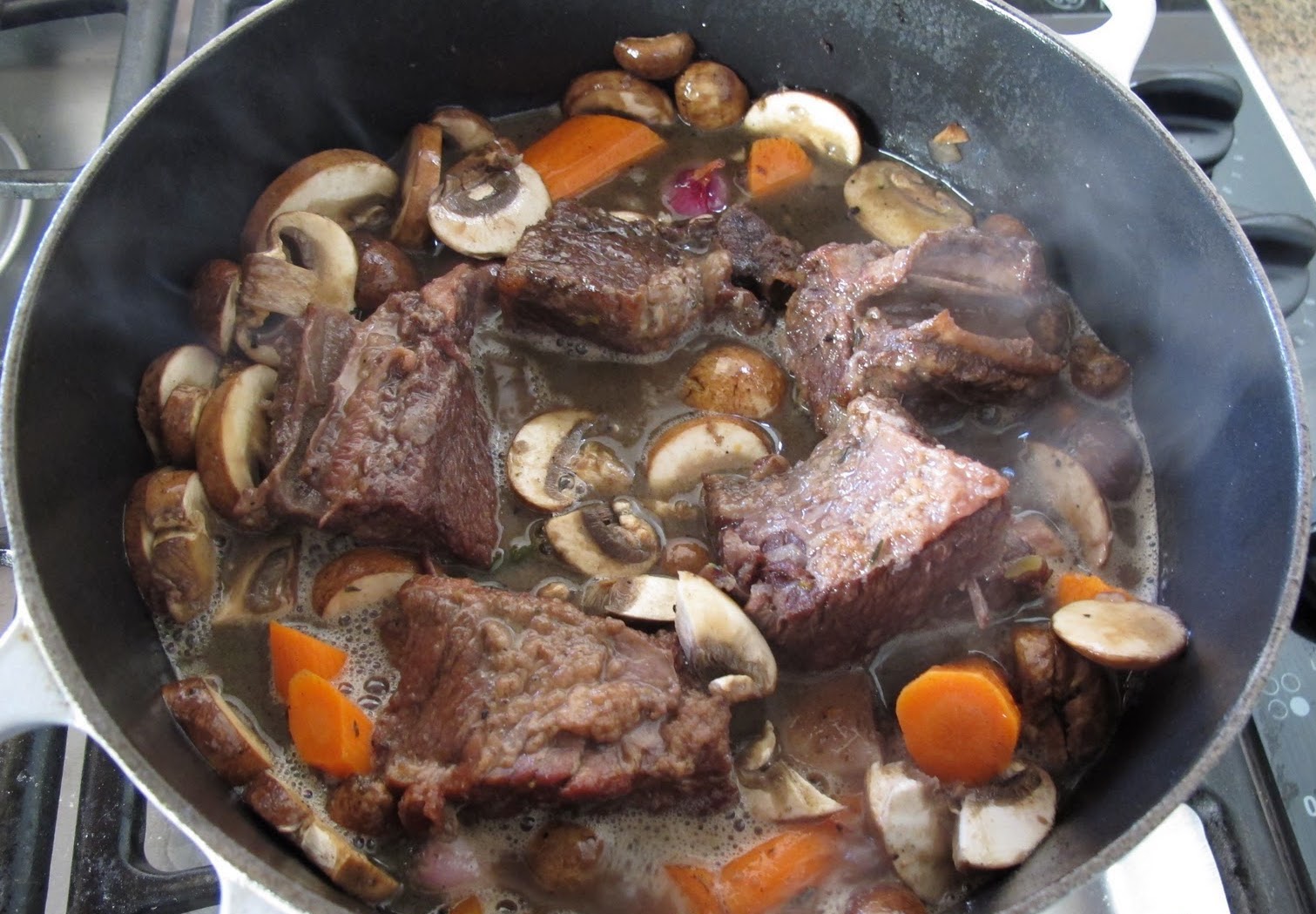
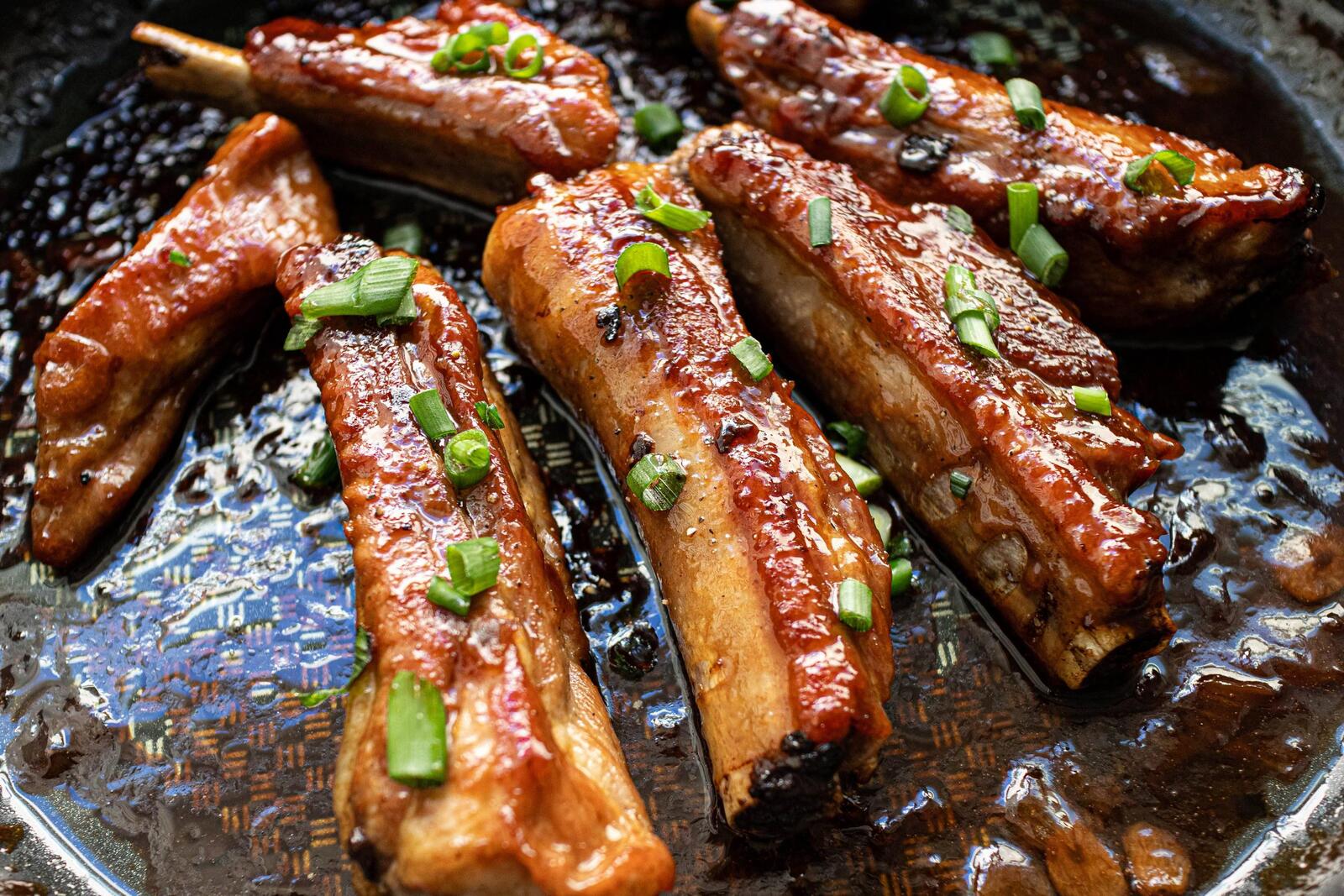

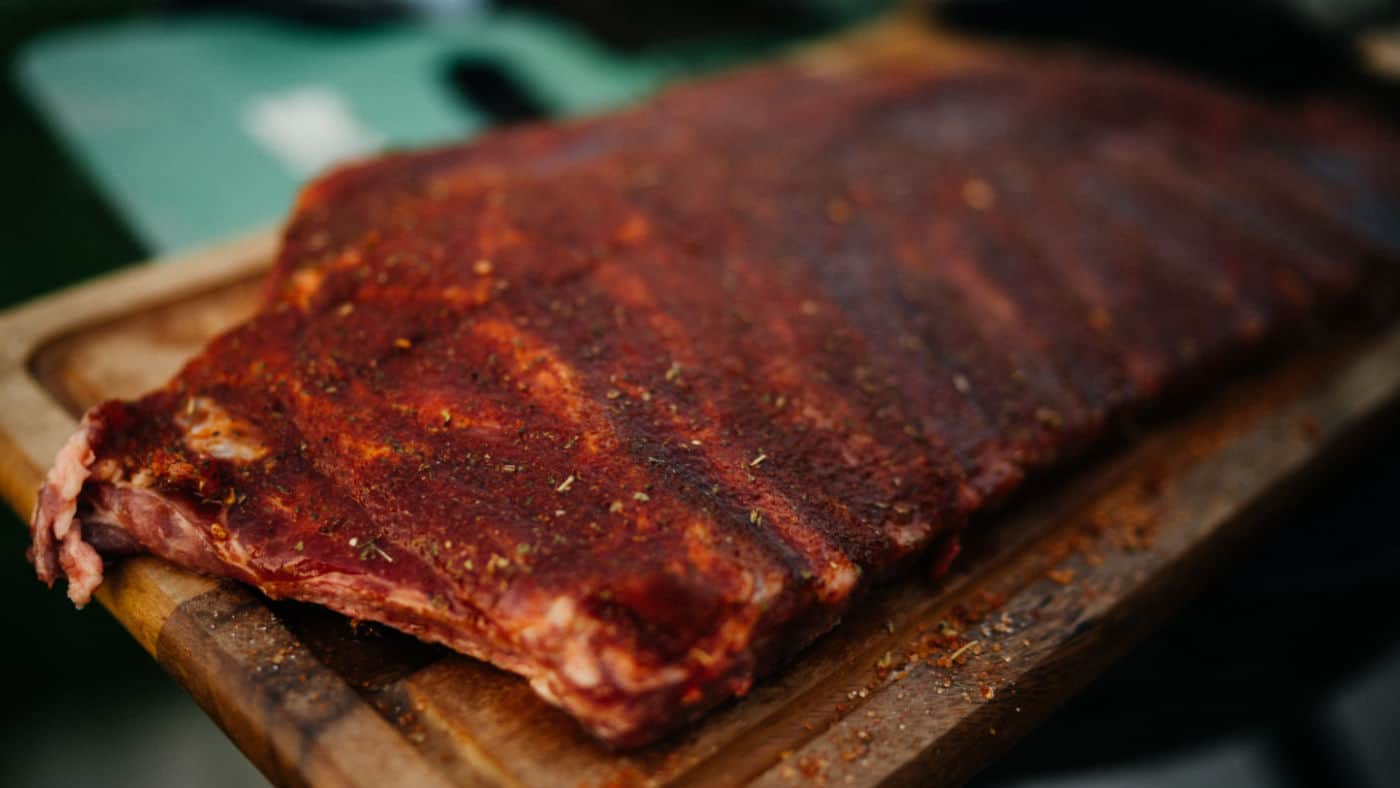
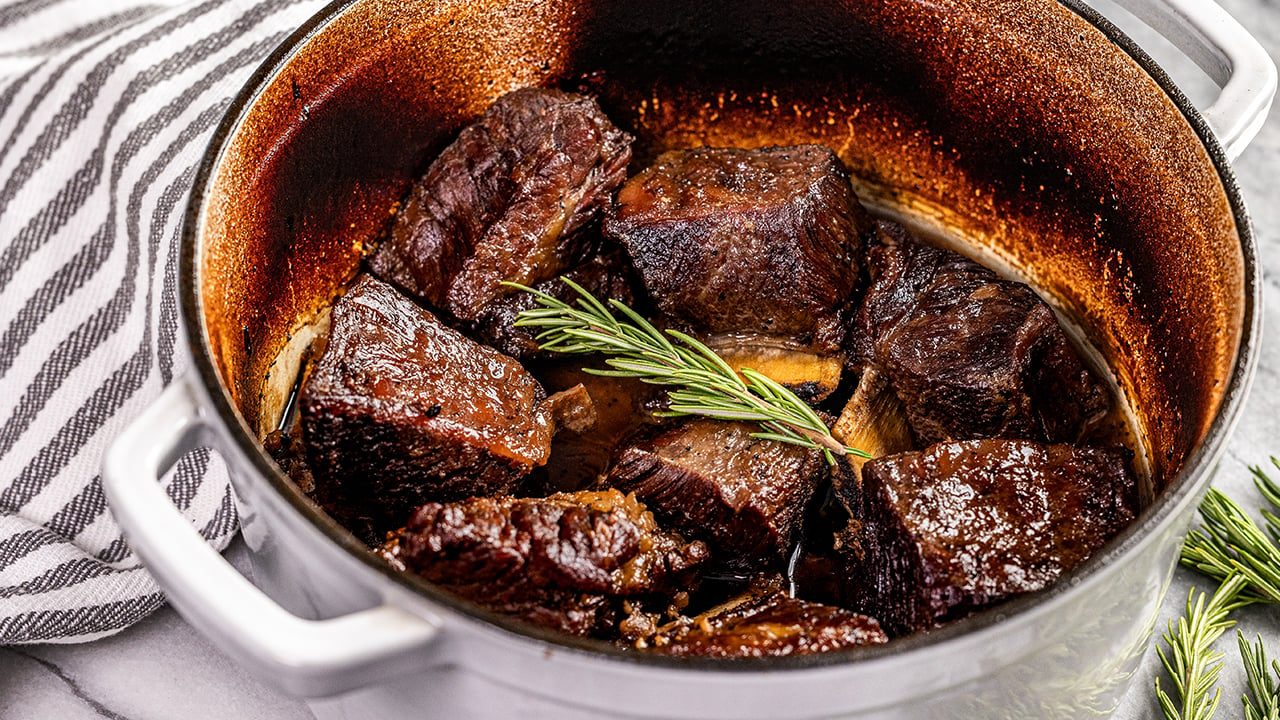
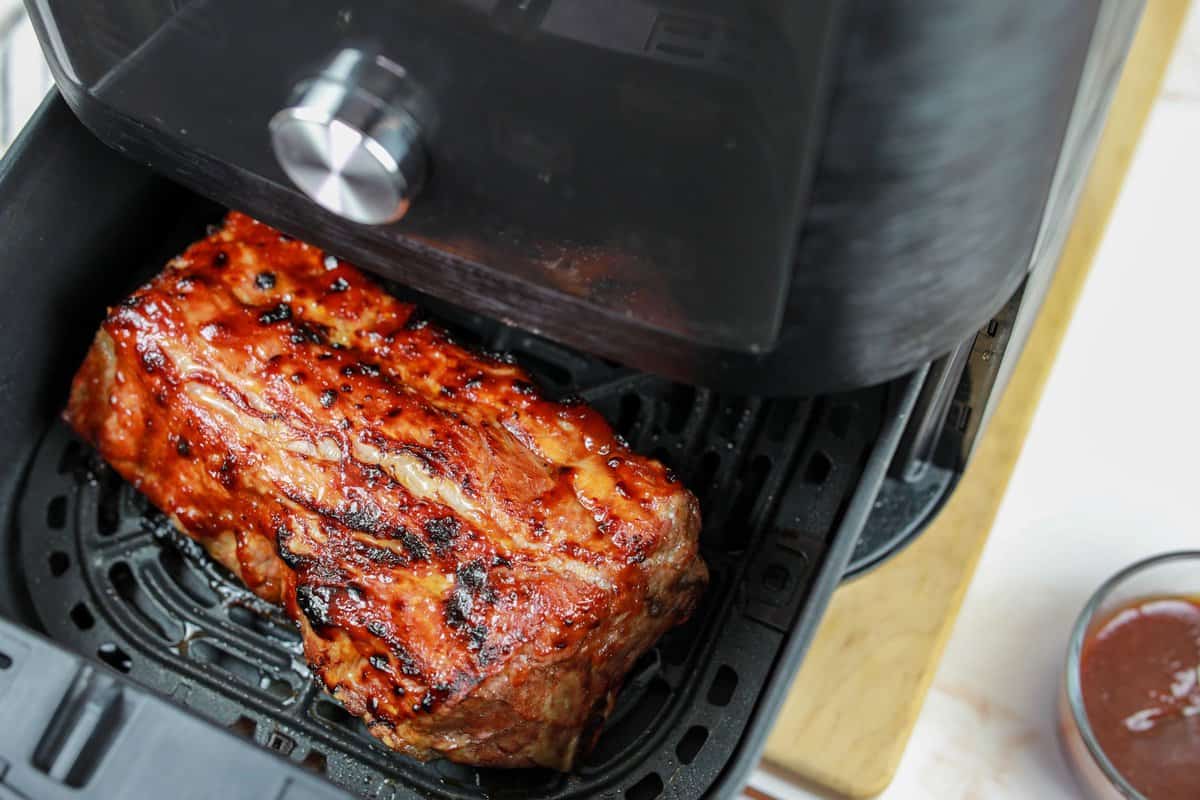
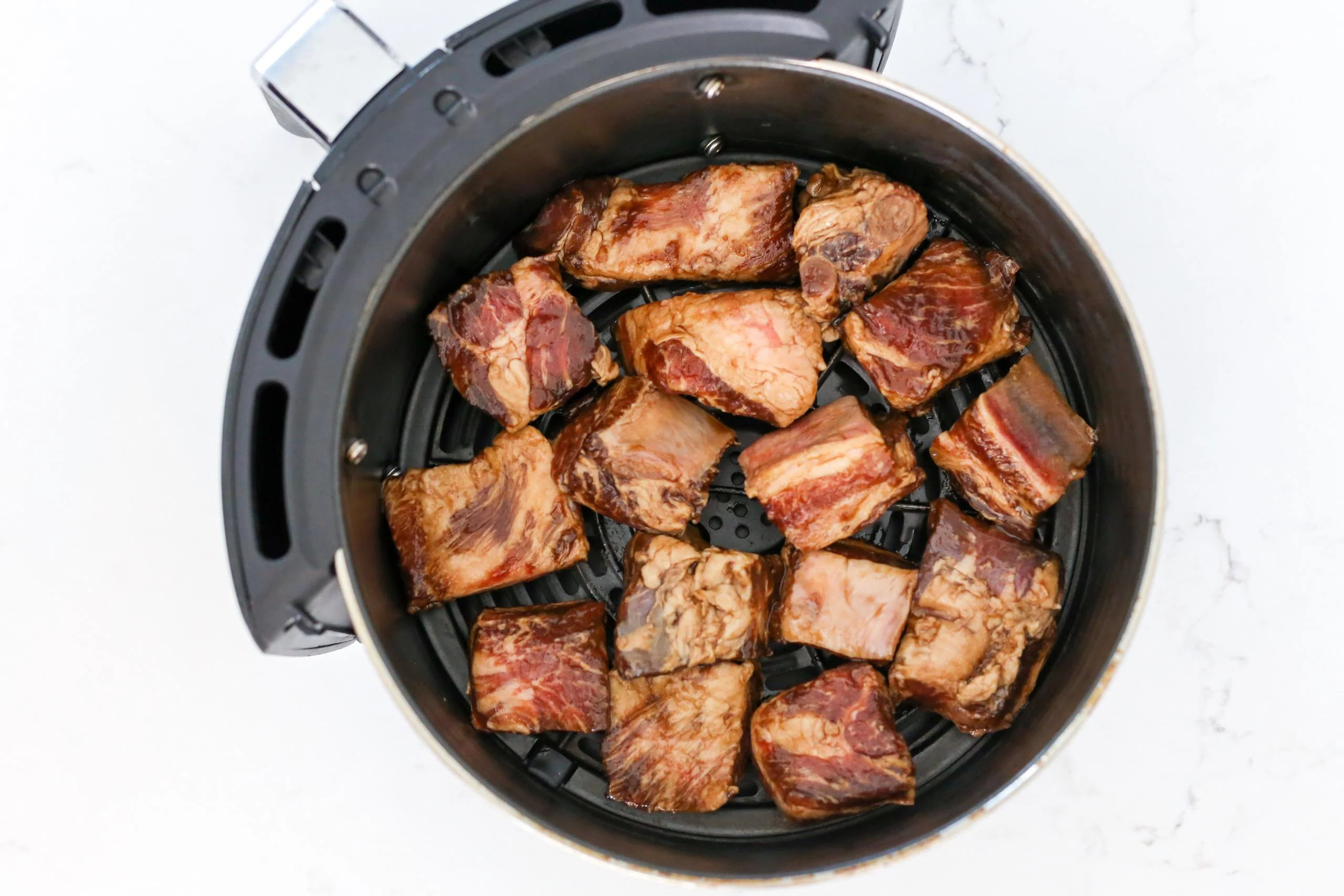
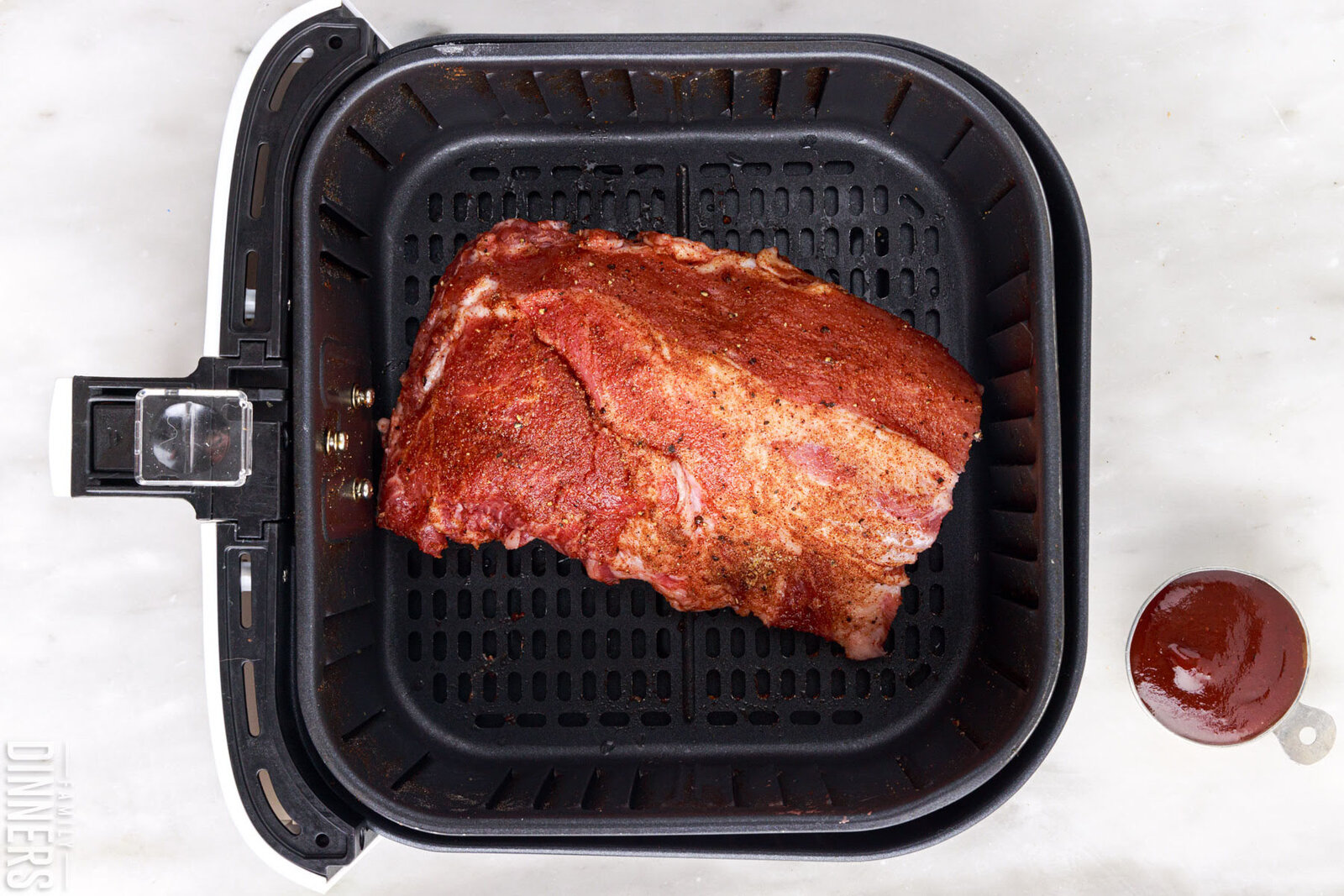
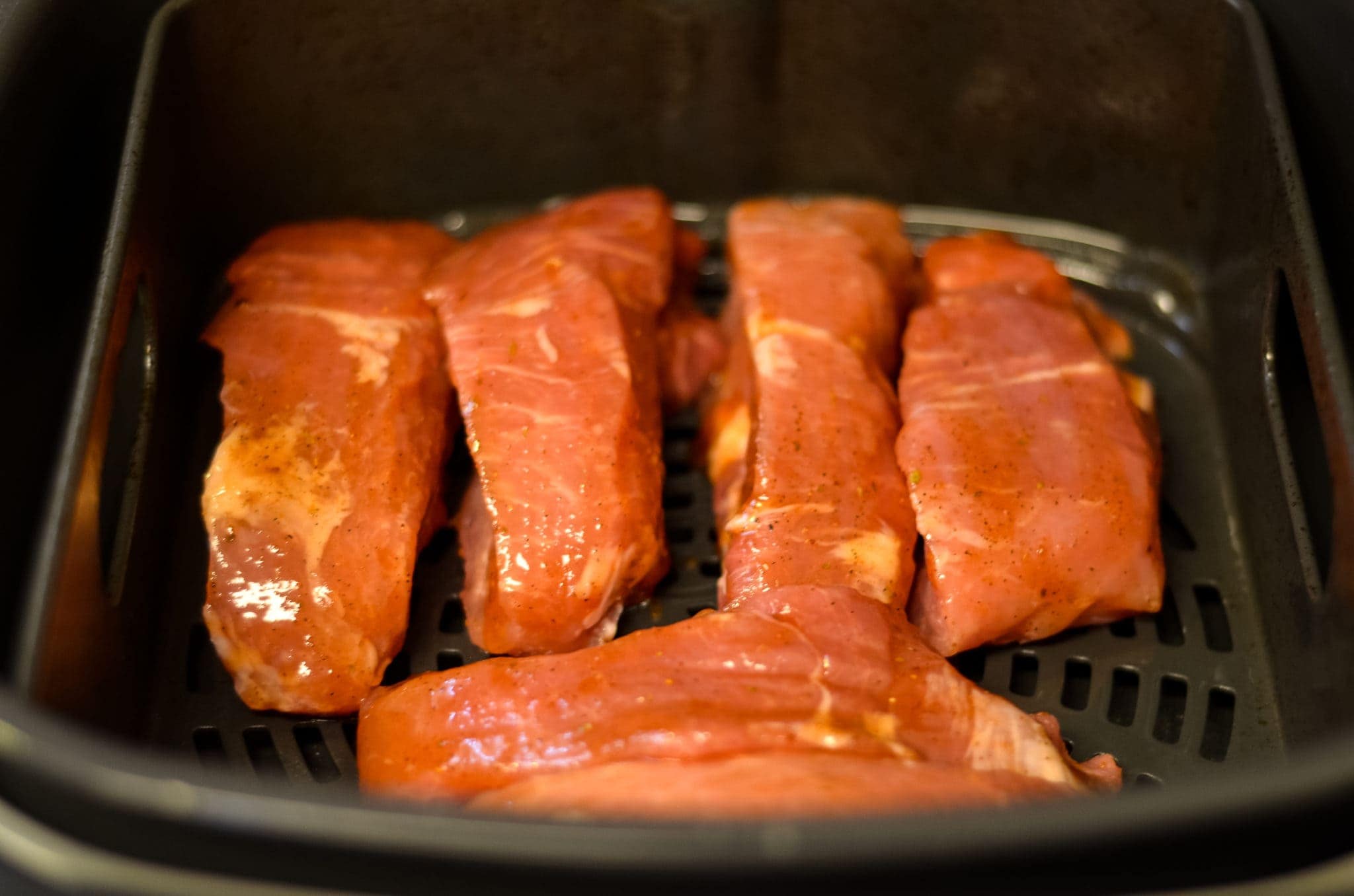


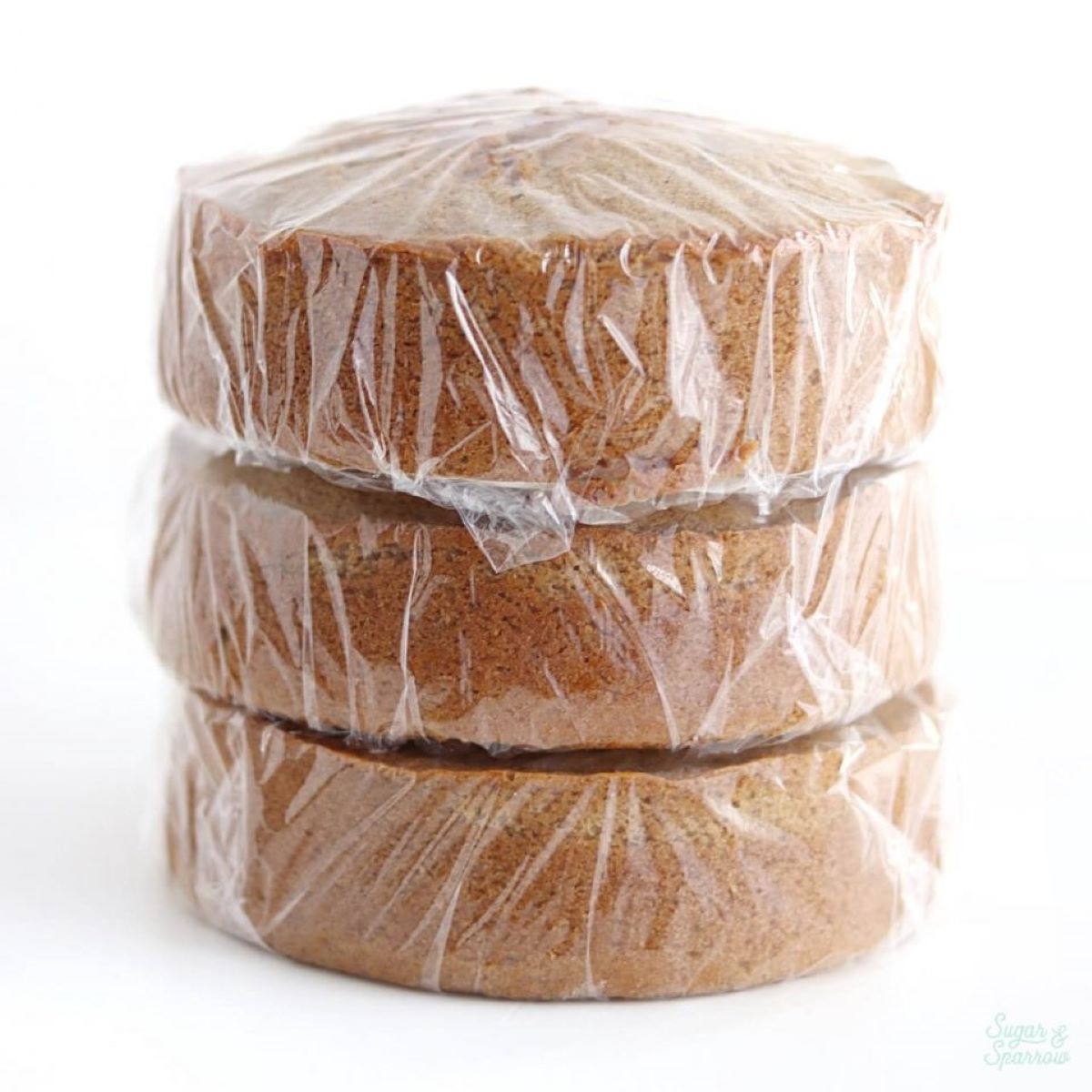
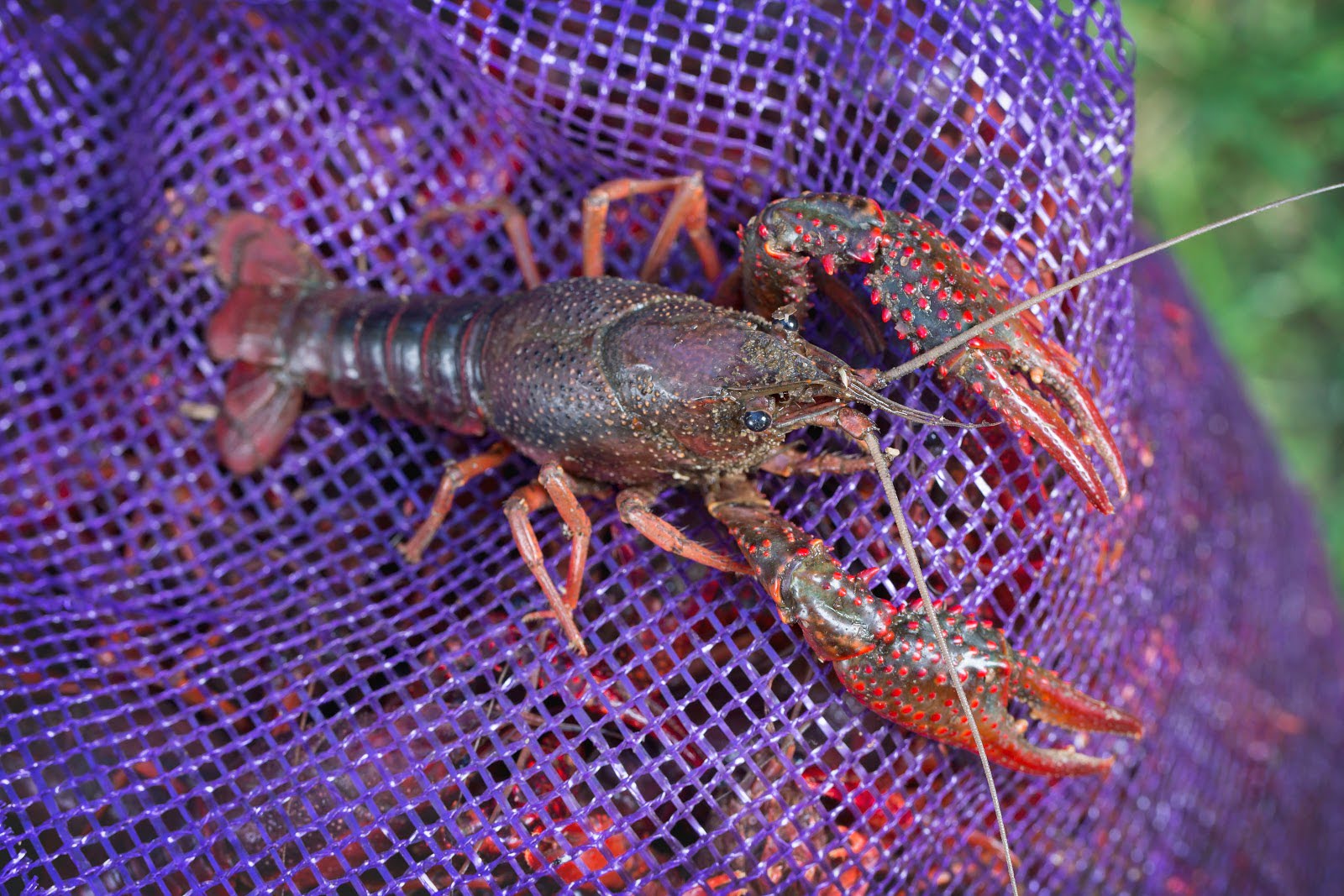
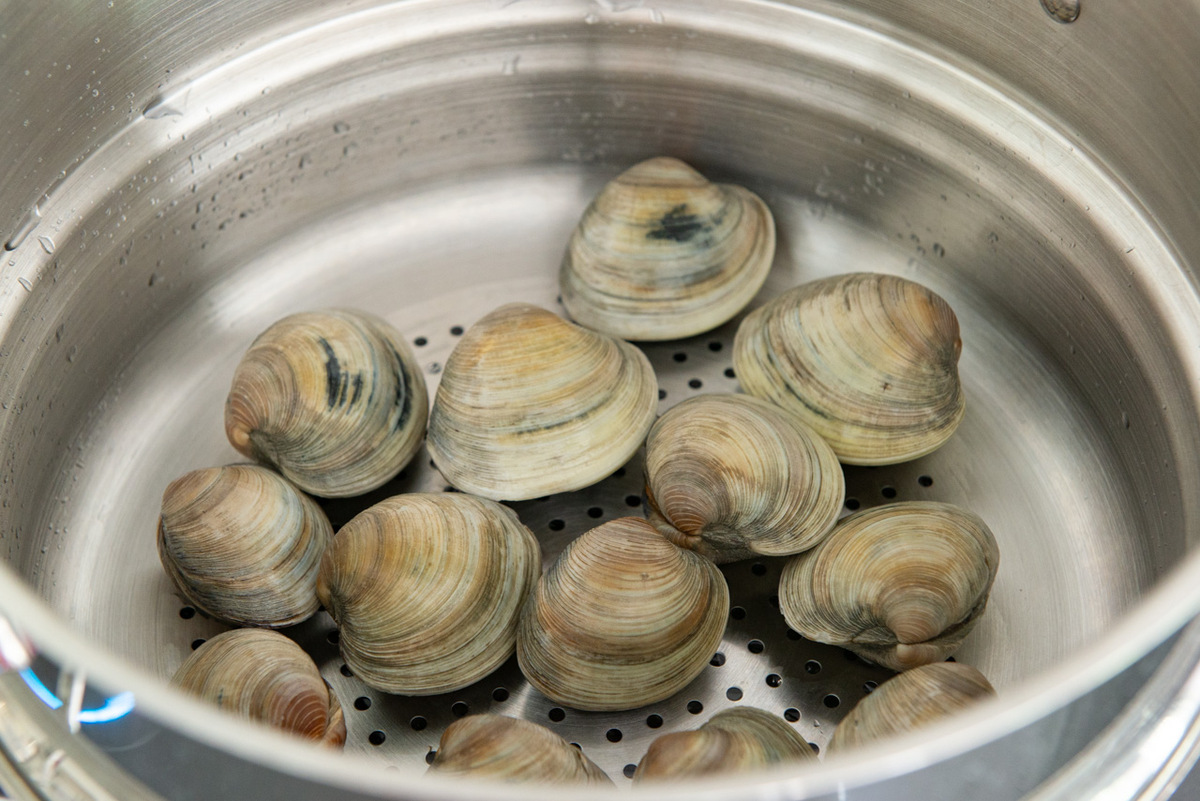

0 thoughts on “How To Store Prime Rib Before Cooking”